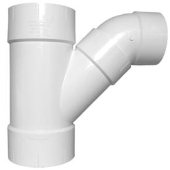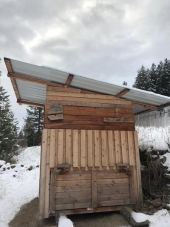














"Study books and observe nature; if they do not agree, throw away the books." ~ William A. Albrecht




![Filename: 065-cement-mixer-diagram.jpg
Description: Diagram [Thumbnail for 065-cement-mixer-diagram.jpg]](/t/89912/a/63129/065-cement-mixer-diagram.jpg)









"People get out your way, when you're on fire". Richard Prior








 1
1




SKIP books, get 'em while they're hot!!! Skills to Inherit Property
See me in a movie building a massive wood staircase:Low Tech Lab Movie




John Daley Bendigo, Australia The Enemy of progress is the hope of a perfect plan
Benefits of rainfall collection https://permies.com/t/88043/benefits-rainfall-collection
GOOD DEBT/ BAD DEBT https://permies.com/t/179218/mortgages-good-debt-bad-debt
 1
1








"People get out your way, when you're on fire". Richard Prior




Brian Rodgers wrote:
I do recall that I brazed a new bushing to the inside of the bushing housing then drilled it out to match the shaft size.




Thank you J Anders I did look up the Babbit bearing babbit bearing fascinating alloy and process.Sounds like par for the course on old machinery. You can also look up babbitt bearings and you could have possibly poured one 30 years ago. Those were standard on antique equipment.
"People get out your way, when you're on fire". Richard Prior

|
Why does your bag say "bombs"? The reason I ask is that my bag says "tiny ads" and it has stuff like this:
Announcing The World's Largest Collection of 16,000 Woodworking Plans
https://woodworking-plans
|





